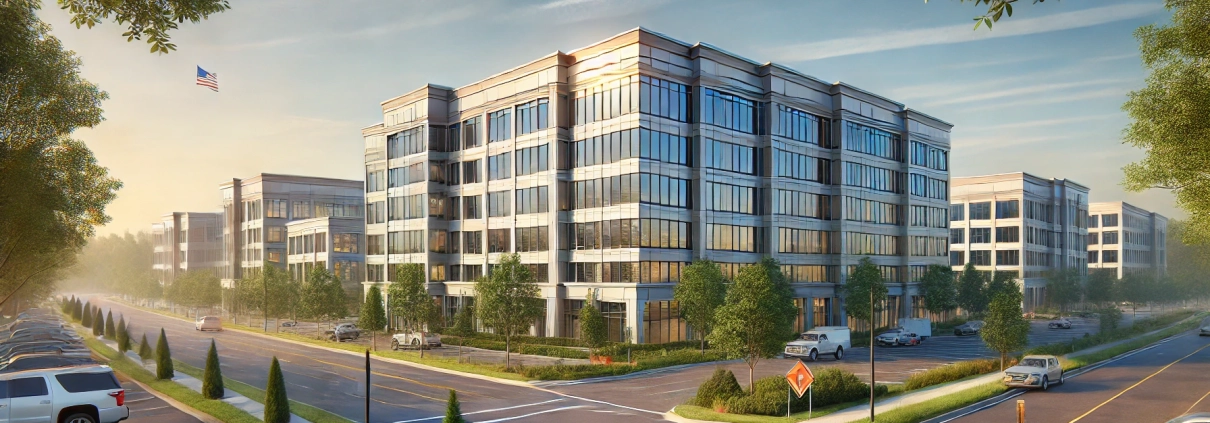In-place Rent
In-place Rent is the rent being charged/collected on existing leases at a property. In contrast to Market Rent, in-place rent is not based on market conditions but rather is based on the lease contract signed between the landlord and tenant.
Also see: Contract Rent.
Putting “In-place Rent” in Context
Scenario:
Blue Ridge Capital Partners, a real estate investment firm specializing in value-add acquisition investments, has identified an opportunity to purchase Glenwood Office Park, a 150,000-square-foot suburban office property located in Raleigh, North Carolina. The property is 85% leased, with a mix of small to mid-sized tenants occupying suites ranging from 2,000 to 10,000 square feet.
Background:
Glenwood Office Park was built in the early 1990s and has been well-maintained, but the current ownership has not invested in significant renovations in the past decade. This has led to some tenants paying below-market rents, as lease agreements were signed several years ago when market conditions were less favorable. Blue Ridge Capital Partners sees this as a value-add opportunity, where they can renovate common areas and amenities, re-lease vacant space, and potentially increase rents as leases roll over.
In-place Rent Analysis:
As part of the due diligence process, the Acquisitions Associate at Blue Ridge Capital Partners conducts a thorough analysis of the current rent roll. The average in-place rent at Glenwood Office Park is $22 per square foot, which is based on the leases currently in effect. In contrast, market rent for similar office spaces in the Raleigh suburban market has risen to approximately $28 per square foot over the past few years, reflecting stronger demand and limited supply of quality office space in the area.
Implications for the Investment:
The difference between in-place rent and market rent presents a significant upside for Blue Ridge Capital Partners. For example, if they can bring the in-place rent closer to market rent through strategic lease renewals and tenant improvements, they stand to significantly increase the property’s Net Operating Income (NOI).
Here’s a simplified calculation:
- Current Annual Rent (In-place Rent):
127,500 SF (leased space) * $22/SF = $2,805,000 per year - Potential Annual Rent (Market Rent):
127,500 SF * $28/SF = $3,570,000 per year - Potential Increase in Annual Rent:
$3,570,000 – $2,805,000 = $765,000 per year
By increasing the in-place rent to market levels, Blue Ridge Capital Partners could potentially enhance the property’s value by increasing NOI, which would lead to a higher valuation upon sale or refinancing.
Conclusion:
In this hypothetical case, “In-place Rent” is a key metric that highlights the potential value-add opportunity at Glenwood Office Park. Understanding the disparity between in-place rent and market rent allows the investment team at Blue Ridge Capital Partners to quantify the upside and structure their investment strategy accordingly.
Frequently Asked Questions about In-Place Rent in Real Estate Investment
Click here to get this CRE Glossary in an eBook (PDF) format.

